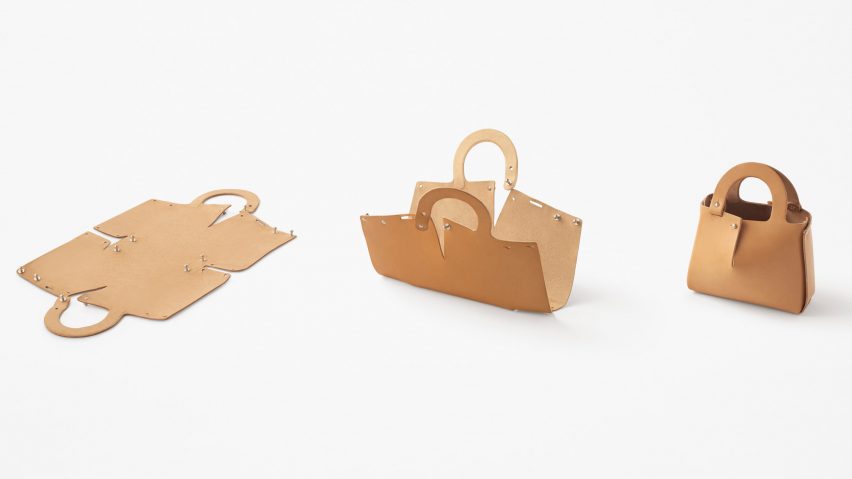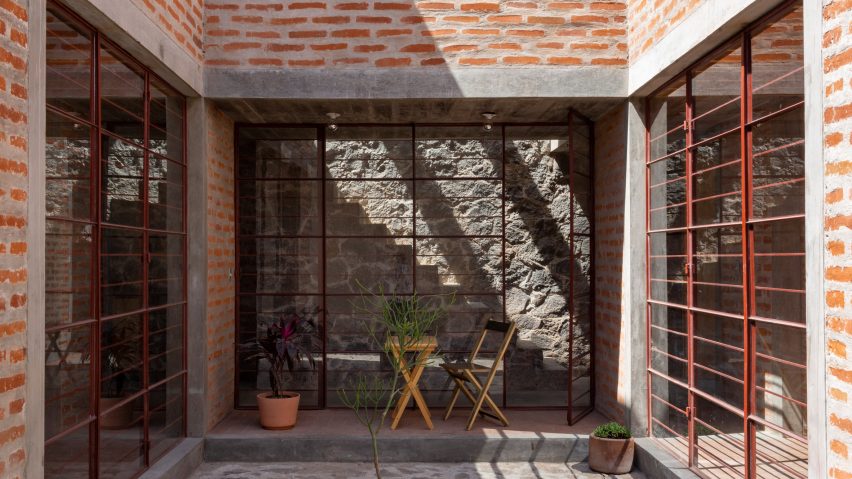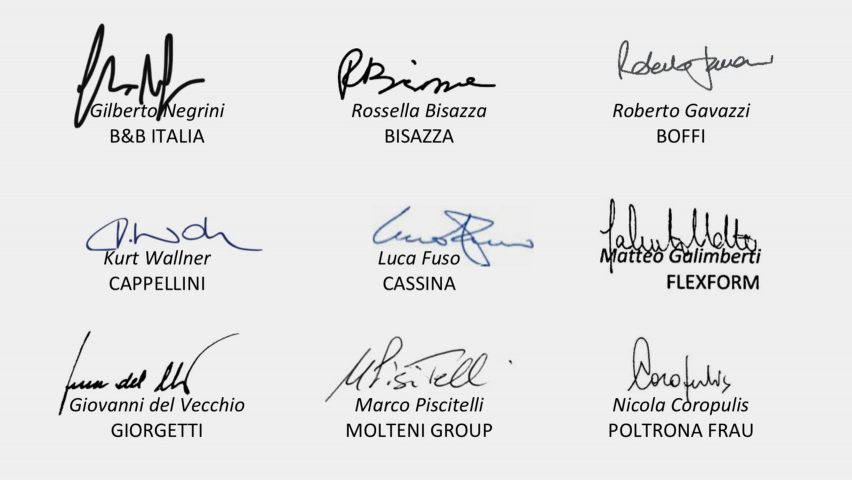
"The most successful ideas for fighting Covid-19 have been the small nimble ones"
This week, commenters were not too keen on a proposal by UK architecture studio Weston Williamson + Partners to convert container ships into floating hospitals to help cities hit by Covid-19.
Sinking ship: some readers suggested that Weston Williamson + Partners's proposal was too far-fetched to be successful.
"Great to read alternative ideas but I can't see this working," said Tony Briggs. "Fire evacuation from the containers is my initial concern, let alone sprinkler coverage. The ship's firewater pumps couldn't cover the area required and therefore you would need a permanent feed of water from shoreside. The containers are dark, dingy and damp at the best of times."
Arch Review felt similarly: "Shipping containers have proven to be a terrible idea for many different reasons. Try spending a day inside of one on a sunny day, even with an air conditioner. I get that tragedies spur the need to try to solve the world's problems using architecture and design, but if you are going to design something, take it seriously, do your research and talk to some experts."
"Zoom meeting at Weston Williamson + Partners," joked Yikes. "'Let's sketch some quick under-researched ideas and propose them as radical solutions, it's good PR'."
"It seems like the most successful ideas for fighting Covid-19 have been the small nimble ones – 3D printing of protective masks, hand sewing protective gear, and brewing up hand sanitizer," concluded Benny. "Large ideas like this are too slow and complicated, but also show lack of awareness with evolving events."
This reader coined a name for the floating hospital:
Are readers being harsh? Join the discussion ›

Bags of pleasure: Japanese studio Nendo has designed a collection of handbags from single sheets of laser-cut leather that the buyer can assemble at home. Some readers aren't convinced.
"Ugly, nondescript, boxy, robotic, hard, can't even call it gaudy, has no flavor, impersonal," said Regan Mackenzie.
Sim was less harsh: "While the way the handbag is made is interesting, it completely misunderstands the way a handbag is used and how it functions. Interesting how all the male comments really like this handbag – they have probably never used one in real life. Bit like high heels I guess."
"I think I'm beginning to like architects' new obsession for leather bags," said Sabine Bo on a more positive note. "Some have taken the challenge even further, avoiding studs and going back to the essence of the leather itself."
Colin MacGillvray was also impressed: "Well done Dezeen! Amazing that I would ever read an article about handbags. That design is just excellent."
Marc was also pleased:
Are you a fan of Nendo's design? Join the discussion ›

Locked in: a house in Mexico City by studio Escobedo Soliz has caused controversy – some readers admire its simplicity whilst others think the 100-square-metre home is prison-like.
"This is really lovely," praised James. "I think I'd spend my first few days there just following that natural light as it moves around the house and touching the brick and stone warmed by the sun."
Benny agreed: "The photos with the sunshine streaming down the brickwork are nice. It would be cool and shady in this house on a hot, humid day. Truly, I was surprised by the small size of the house once I looked at the plans. A humble abode that punches higher than its weight class – well done!"
"Love this," continued Cubist. "In particular, the pre/post-war industrial construction ethos more common in small UK engineering workshops. Cheap, easy to build and purposeful. I want one."
Geof Bob was less keen: "My taste must be more bourgeois than I'd wish to admit, but I find all that unclad brick, concrete and stone, together with the narrow window frames rather oppressive and reminiscent of a prison – an impression reinforced by the sparse furnishing, especially the pallet bed."
As was this reader:
Would you like to live in Casa Nakasone? Join the discussion ›

Tools down: readers debated whether the Italian government should allow designs brands to restart production after Easter. Brands argue it could take "20-30 years" for the industry to recover from the impact of coronavirus if they are forbidden to do so.
"I would have thought high-end furniture makers would have deeper pockets," added F. Inances. "Covering three months of lockdown brings them to a collapse?"
"I'm surprised those who have commented aren't able or willing to see both sides," replied Ralph Kent on the other hand. "There is a knife-edge to walk between trying to avoid Covid-19 from flaring up again and the sort of misery that will occur should economic production cease for much longer. I'm surprised that there isn't greater recognition of this dreadful dilemma."
Should Italian brands be allowed to restart production? Join the discussion ›